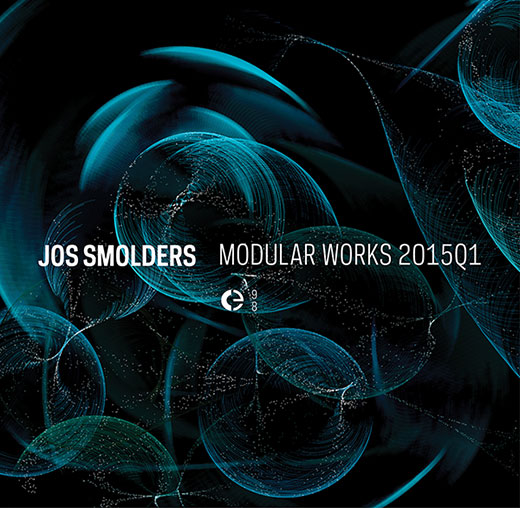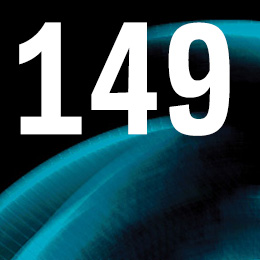
‘Positions’ finds Tellinga exploring space. Not outer space, but physical space, and the relationships between sounds when created within certain spaces. Yes, it’s all relative, and ‘Positions’ is concerned with the interactions of sound and performers, performers, sounds and audience or listener within the dimensional space of rooms. The way sounds resonate, reverberate or otherwise differ within the confines of walls and ceilings, spaces with and without people, are all integral to the tonalities and atmospheres of the five pieces collected here.
A lone voice issues for a shrieking note in an empty room… unidentifiable instruments vibrate against one another to forge unsettling half-chords.
Modulating trombones create long, low, swelling drones, eerie and affecting. At times strangely like whale song, others like building fear chords, the album’s first piece is ominously atmospheric and alien-sounding.
‘Truth, exercise for a listener’ is a truly ambient work. An improvised work recorded with handheld devices, the distant ripple of chatter, the creak of a door hinge, clatters and scrapes, and long, slow trombone drones drift through the air like a fog horn in sonic slow-mo. At times, you feel like saying to the people talking ‘can you be quiet, I’m trying to listen to the music’, but of course, that’s the challenge the piece presents the listener, and this is a participation exercise on multiple levels.
The success of ‘Positions’ lies in the fact that it can be appreciated from many perspectives, and while it is thought-provoking and theory-driven, it’s also interesting on a sonic level.




